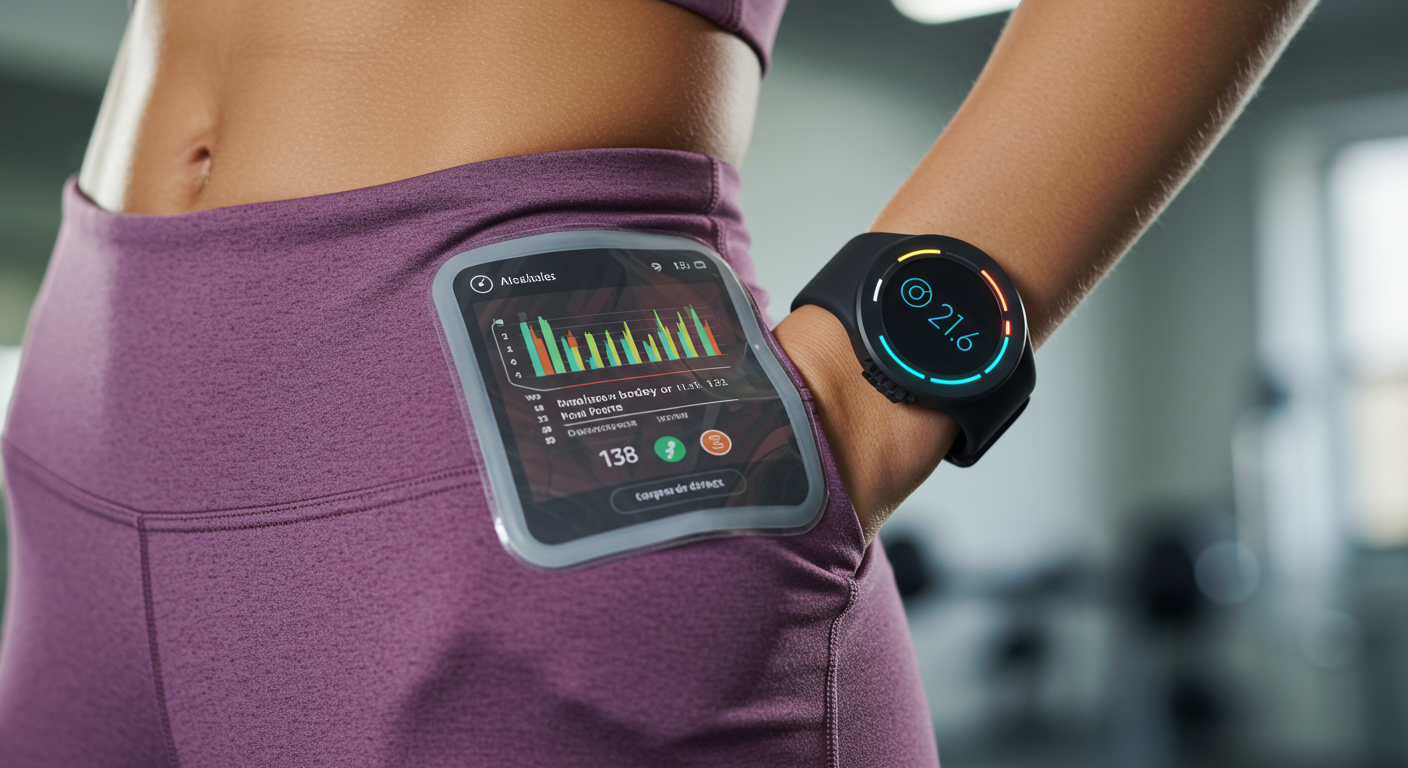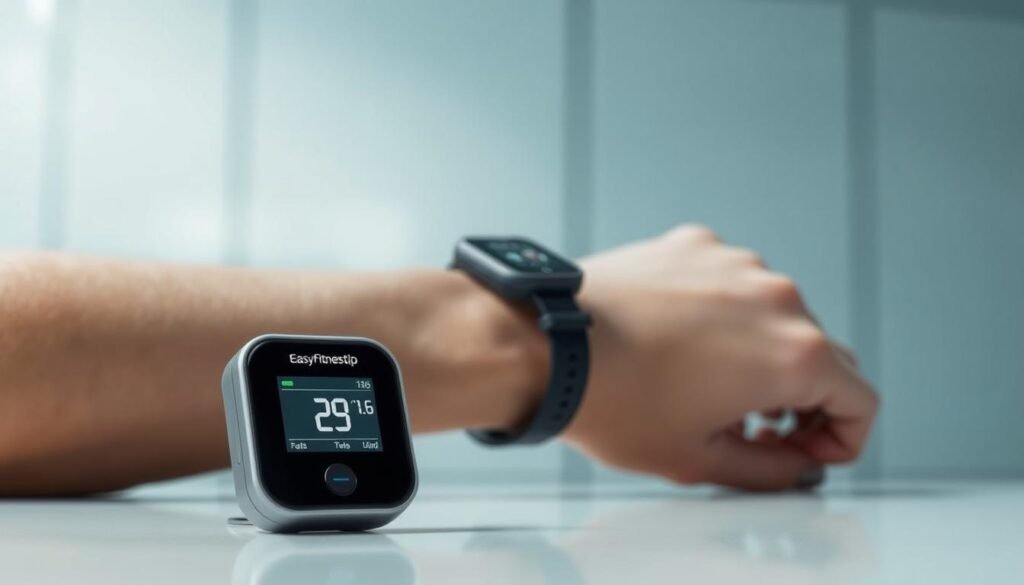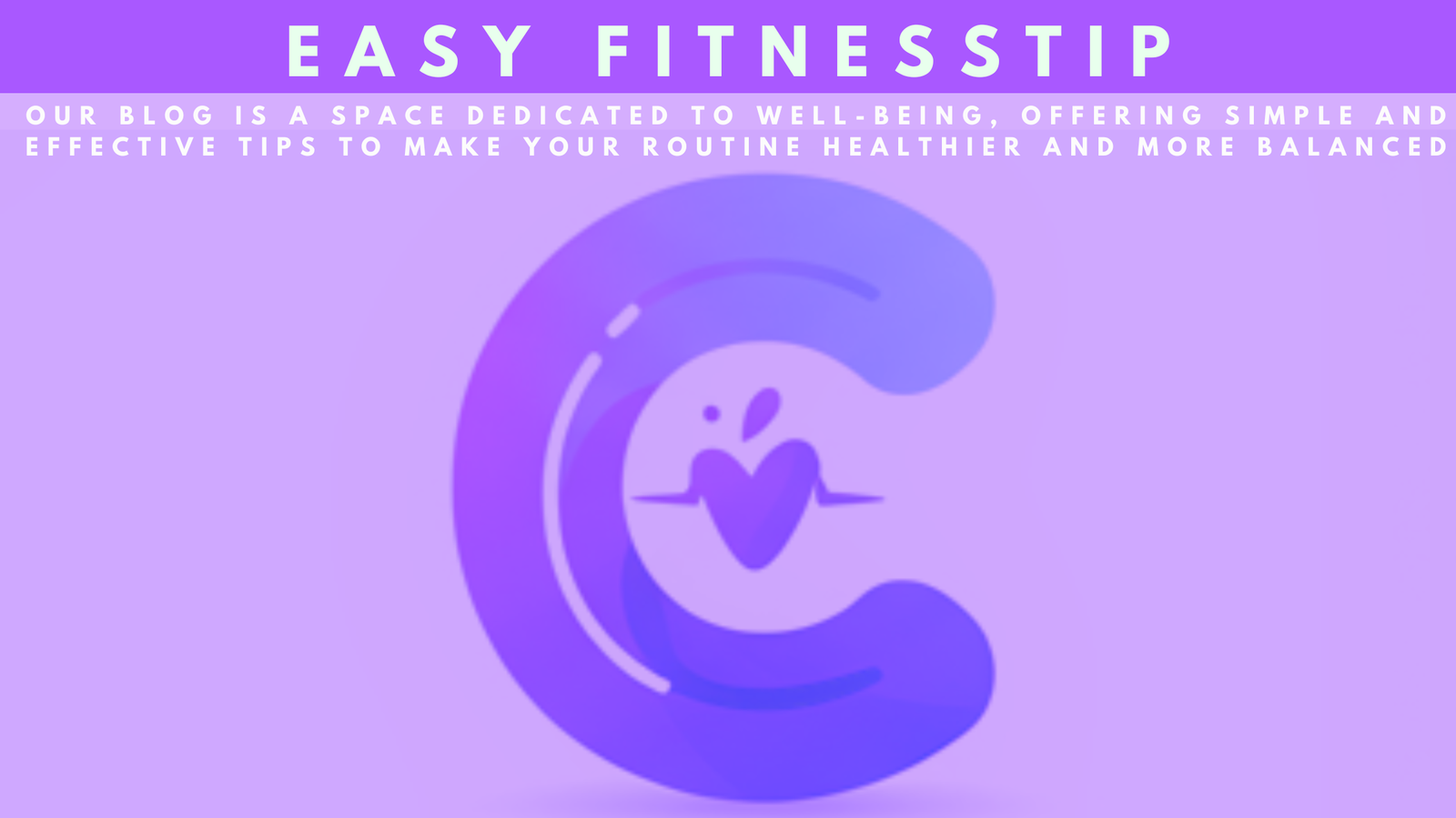
In today’s fast world, technology and nutrition are coming together. Wearable tech nutrition is leading this change. It uses the latest tech to improve our eating habits.
These advanced health tools let us create our own nutrition plans. They help us make better food choices with data from our devices.
By using these tools, we can take better care of our health. We get a diet plan that fits us perfectly.
Key Takeaways
- Wearable tech nutrition is transforming how we approach dietary habits.
- Innovative health technology trends offer real-time data for better nutrition decisions.
- Personalized health journeys are now possible with these smart devices.
- Individuals can enjoy enhanced health outcomes through tailored nutrition plans.
- Technology and nutrition integration is the future of health optimization.
Introduction to Wearable Tech and Personalized Nutrition
In recent years, digital health and personalized nutrition have merged. This has brought about new ways to manage diet and wellness. Wearable tech helps track nutrition more accurately, leading to smarter diet choices based on individual health needs.
Overview of Wearable Tech in Health
Wearable tech has changed how we monitor our health. It gives us real-time data on our bodies. Smartwatches and fitness trackers track heart rate, activity, and sleep.
This data helps us understand our bodies better. It leads to better health management.
What Personalized Nutrition Entails
Personalized nutrition means diet plans made just for you. They consider your genes, biology, and lifestyle. It’s different from one-size-fits-all diets.
It’s where tech solutions really shine. They make diet plans based on your unique data.
How Technology Enhances Diet Personalization
Technology, especially AI in healthcare nutrition, is key. It uses data from wearable devices to suggest diets. This smart method makes tracking nutrition easier and ensures diets meet health goals.
Using digital health tools daily offers a personalized diet experience. It leads to better diet and overall health.
The Role of Data in Personalized Nutrition
Data is changing how we view and improve our diets in personalized nutrition. With health data analytics, people get diet plans that fit their unique needs.
Health Data Analytics and Nutrition
Health data analytics is key to personalized nutrition. It looks at health metrics closely. This helps figure out what each person needs based on their metabolism, activity level, and health.
By understanding this data, experts can suggest diets that work well and last. These diets are tailored to each person’s health.
Using AI in Dietary Analysis
ai nutrition algorithms are a big step forward in diet analysis. They can handle lots of data to find patterns and links that humans might miss. This means AI can make diet plans that are just right for each person.
These plans can change as a person’s health does. This makes the diet more effective and flexible.
| Approach | Traditional Diet Plans | Data-Driven Diet Personalization |
|---|---|---|
| Basis of Recommendations | General Population Guidelines | Individual Health Metrics |
| Flexibility | Low | High |
| Effectiveness | Moderate | High |
| Use of AI Nutrition Algorithms | No | Yes |
| Real-Time Adjustments | No | Yes |
Wearable Tech Nutrition: Personalized Diet Plans
Wearable technology is changing how we think about nutrition. It lets us create diet plans that fit our unique needs. Thanks to AI, real-time adjustments, and constant monitoring, reaching our health goals is easier than ever.
AI in Meal Planning
Artificial intelligence is key in meal planning today. It uses health data to make diet plans that match our needs. These plans consider what we like to eat, any allergies, and our health goals. This makes it simpler to eat well and stay healthy.
Real-time Dietary Adjustments
Wearable tech lets us adjust our diet as we go. Smartwatches and fitness trackers track our activity, calories, and more. This info helps us make quick changes to keep our health on track.
Continuous Monitoring and Feedback
Wearable tech keeps a close eye on our health. It watches our heart rate, sleep, and activity. This feedback helps us make smart food choices, keeping us healthy and active.
| Feature | AI Meal Planning | Real-time Dietary Adjustments | Continuous Monitoring |
|---|---|---|---|
| Function | Generates personalized diet plans | Enables immediate dietary changes | Tracks health metrics continuously |
| Benefits | Customized nutrition | On-the-go adaptation | Informed health choices |
| Technology | AI algorithms | Wearable devices | Fitness trackers |
Advancements in Continuous Glucose Monitoring (CGM)
The latest continuous glucose monitoring (CGM) advancements have changed how we manage our nutrition. These new developments are combining with other health technologies. This opens a new era of personalized diet management.

How CGM Technology Works
CGM technology uses a small sensor under the skin to monitor glucose levels. It sends this data wirelessly to a receiver or a smartphone app. This lets users track their glucose levels all day and night.
Unlike traditional glucose meters, CGMs give a full view of glucose trends. They help spot patterns and triggers related to food intake.
Benefits of CGM in Diet Personalization
Using wearable tech like CGMs in diet planning has many benefits. It gives real-time glucose data, helping users adjust their meals. This precise control is especially good for people with diabetes.
It also helps understand how different foods affect each person. This makes it easier to create a diet plan that’s just right for you.
Integrating CGM with Nutrition Apps
The connection between CGM devices and nutrition apps is impressive. Modern apps can link with CGMs to offer detailed dietary advice. For example, if a user eats a meal and sees a glucose spike, they can change their future meals.
This integration helps make dietary choices in real-time. It leads to better health outcomes overall.
| Feature | Traditional Glucose Meter | Continuous Glucose Monitor |
|---|---|---|
| Data Frequency | Intermittent | Continuous |
| User Engagement | Reactive | Proactive |
| Integration with Nutrition Apps | Limited | Seamless |
| Diet Personalization | General | Highly Personalized |
| Wearable Tech Integration | No | Yes |
Genetic Testing and Nutrigenomics in Personalized Nutrition
Genetic testing in nutrition has changed the game for personalized diets. It uses your unique genes to suggest the best foods for your health. This is the core of dna-based diets.
Role of DNA-Based Diets
DNA-based diets are becoming more popular. They create diet plans based on your genes. Unlike general diets, they consider your unique needs.
Nutrigenomics helps experts give more precise advice on what to eat. This way, people can reach their health goals better.
Genetic Markers and Diet Optimization
Genetic markers are key in making diet plans better. They show how your body reacts to different foods. This makes nutrition planning easier and more accurate.
For example, someone who can’t digest lactose well gets advice on dairy early. This is thanks to nutrigenomics.
Using genetic markers in diet advice makes nutrition plans more personal. It also improves health over time. As more people try dna-based diets, nutrition science keeps getting better. Soon, personalized nutrition will be the standard.
Microbiome Analysis and Its Impact on Personalized Diets
The link between our gut microbiome and health is a hot topic in nutrition. By studying our gut microbiome, we can learn a lot about our health. This knowledge helps create diets that fit our individual needs perfectly.
Understanding Gut Health
Our gut health is crucial for our overall well-being. The mix of microorganisms in our gut helps break down food and makes vitamins. It also fights off bad germs. By analyzing our microbiome, experts can suggest diets that improve our gut health.

Personalizing Nutrition Through Microbiome Insights
Microbiome analysis gives us detailed information for better diets. Nutrition bioinformatics uses this data to create diets that boost gut health. This way, diets are not one-size-fits-all but are made just for you.
The Future of AI in Dietary Guidance
Looking ahead, AI will change how we get dietary advice. Technology is advancing fast, making AI a big part of our lives. It’s making a big difference in how we eat.
AI-Powered Health Apps
AI health apps are leading this change. They use smart algorithms to give you diet tips and meal plans. They look at what you eat, how active you are, and your health data to suggest what’s best for you.
These apps get better over time. They learn from you, making their advice more accurate and personal. This makes using them more fun and helpful.
Benefits of AI in Long-term Health Monitoring
AI is also improving health tracking. Wearables and sensors collect data that AI analyzes. This helps spot health problems early.
AI apps also track your progress and give feedback. This helps you stay on track with healthy habits. It’s a big step towards better health and preventing diseases.
In short, AI is set to change nutrition for the better. It offers personalized advice and keeps an eye on your health. This is a big step towards a healthier future.
Ethical Considerations and Data Privacy in Health Tech
The mix of nutrition and technology is growing fast. This means we must focus on ethics and keeping personal health data safe. Using AI for diet plans is a big step, but it needs to be done right.
Data Privacy in Nutrition
Health tech is getting more common, and keeping health data private is key. Companies must take strong steps to guard user data. Being open about how data is handled helps build trust with users.
Ethical Use of AI in Personalized Diets
Setting ethical standards for AI in diet plans is essential. These standards should respect users and be clear about data use. Following ai diet ethics guidelines helps avoid misuse and promotes responsible use.
Responsible Data Analytics Practices
Using data analytics wisely is important for nutrition tech. It means being open, getting consent, and keeping data private. This approach makes the digital health space safer for everyone.
Conclusion
We are on the edge of a big change in health and wellness thanks to wearable tech and personalized nutrition. The mix of health tech and the digital nutrition revolution is leading to huge breakthroughs. Wearables and AI health monitoring are key to this change.
CGM and genetic testing are changing diet plans for the better. They let us make diet plans that really fit each person. Microbiome analysis is also helping us understand gut health better. This shows how tech is moving away from one-size-fits-all diets to more tailored ones.
Looking ahead, AI will play a huge role in guiding diets and monitoring health. With the right ethics and privacy, tech and nutrition science will team up to improve health. This mix of digital nutrition and AI is bringing us closer to better health for everyone.
FAQ
What is wearable tech nutrition?
How does wearable tech enhance personalized nutrition?
What role does AI play in dietary personalization?
What are the benefits of continuous glucose monitoring (CGM) in diet personalization?
How does genetic testing influence personalized nutrition?
What is the role of microbiome analysis in personalized diets?
How do AI-powered health apps contribute to dietary guidance?
What are the ethical considerations in the use of AI for personalized diets?
How is data privacy maintained in nutrition tech?
Additional Recommended Resources for Further Reading
While no direct references were used in crafting the suggestions, you may find these types of sources helpful for further research and backing up similar content with up-to-date data or case studies:
- Academic Journals:
- Nutrients
- Journal of Personalized Medicine
- Nature Reviews Genetics
- Industry Websites and News Outlets:
- TechCrunch (for technology trends and AI applications)
- Wired (for insights on wearable tech innovations)
- Forbes Health (for broader trends in digital health and personalized nutrition)
- Health and Medical Resources:
- Harvard Health Publishing
- WebMD
- Medical News Today
These resources can help you substantiate the trends and angles discussed and provide more detailed, data-backed information if you choose to expand or reference them within your content.
